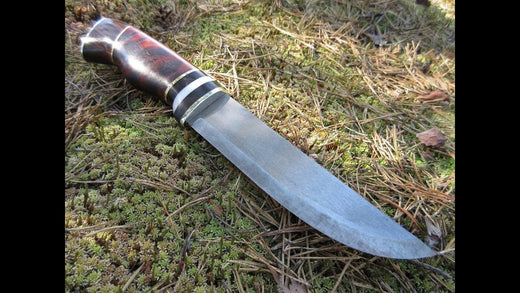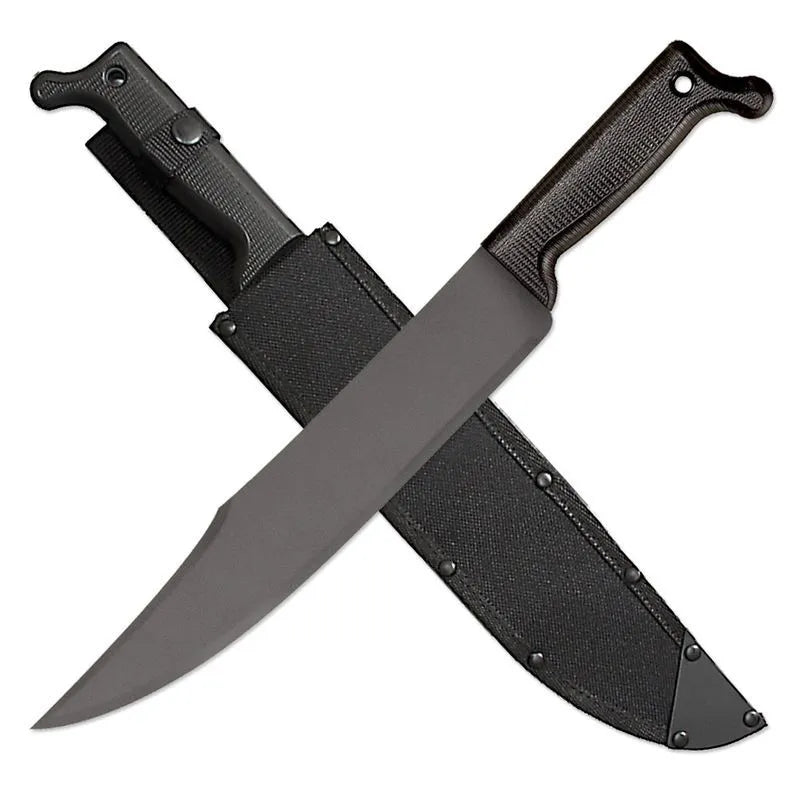
How Long Can a Knife Be Wet?
How long can a kitchen knife be wet? A kitchen knife is a mandatory tool in every home. It must be properly maintained to guarantee its longevity and functionality. One important yet frequently forgotten concern is how long can a knife be wet.
Keeping a knife wet for extended periods can lead to significant problems, including corrosion, decreased sharpness, and even health risks. Knives Hives explains how long a knife can remain wet, detailing the effects of different materials. In this blog, you will also learn about the consequences of leaving a knife damp and how to properly maintain your essential kitchen tool. For more information on maintaining your knife, explore our range of products such as Chef Knife, Skinner Knife, Meat Cleaver, and more.
The Importance of Proper Care
Proper knife maintenance not only increases its lifespan but also guarantees hygienic conditions and safety. A well-maintained knife improves your cooking experience by producing reliable outcomes. However, if you disregard these procedures, your kitchen may have rusted, dull, and dangerous items.
Buy a pocket folding knife.
The Hazards of Keeping a Knife Wet
Even barely getting a knife wet can lead to several problems:
Rust Formation
One of the leading causes of rust, particularly in carbon steel blades, is prolonged contact with moisture. Corrosion can still happen even though stainless steel is more resilient.
Health Risks
Microorganisms on damp surfaces can contaminate food while being prepared.
Material Degradation
Prolonged wetness weakens the knife's structural integrity, particularly for hardwood handles, which may deform or shatter over time.
How Various Knives React to Moisture?
Knowing the material of your kitchen knife set is essential to figuring out how it responds to exposure to water:
Stainless Steel Knives
Despite their greater resistance to rust, stainless steel knives still need to be dried immediately after cleaning to keep their edge and gloss.
Carbon Steel Knives
Carbon steel knives are extremely prone to corrosion and need special handling. After drying, a little coating of protective oil is frequently advised.
Ceramic Knives
Ceramic knives are resistant to rust. However, prolonged water exposure might cause them to break.
How Long Can a Kitchen Knife be Wet?
A knife should never be kept wet for longer than a few minutes. If the knife is kept uncleaned or in a humid area, even brief exposure to moisture can have negative consequences. For the best possible care:
- After using the knife, wash it immediately with warm water and a gentle detergent.
- A softly clean towel should be used to dry it thoroughly.
Buy kukri knife now!
Best Practices for Knife Care
Use these maintenance suggestions to keep your knife in good working order and extend its lifespan:
Cleaning and drying right away
A knife should never be left soaking in water. After using the blade, wash it by hand and ensure it is scorched. Avoid dishwashers, as they might harm the grip and blade.
Keep Things Safely
Use a blade guard, magnetic strip, or knife block for secure storage. Knives stored in unprotected drawers are more likely to dull and retain dampness.
Maintain Frequently
Use food-safe oil on carbon steel blades to prevent rusting. Frequently sharpen knives to guarantee optimum functionality.
Avoid Acidic Exposure
If acidic food residue is left on the knife, it might corrode. Therefore, clean the knife right away after using it on such food items.
The Bottom Line
So, how long can a knife be wet? Ideally, not more than the time it takes to wash and dry it right away after usage. Avoid extended exposure to moisture. It is the key to preserving a knife's safety, longevity, and sharpness. Your kitchen knives can last many years if you take good care of them.
In addition to safeguarding your investment, following these doable measures will guarantee that your culinary masterpieces are created hygienically and precisely.
Buy: Bone handle knife.








